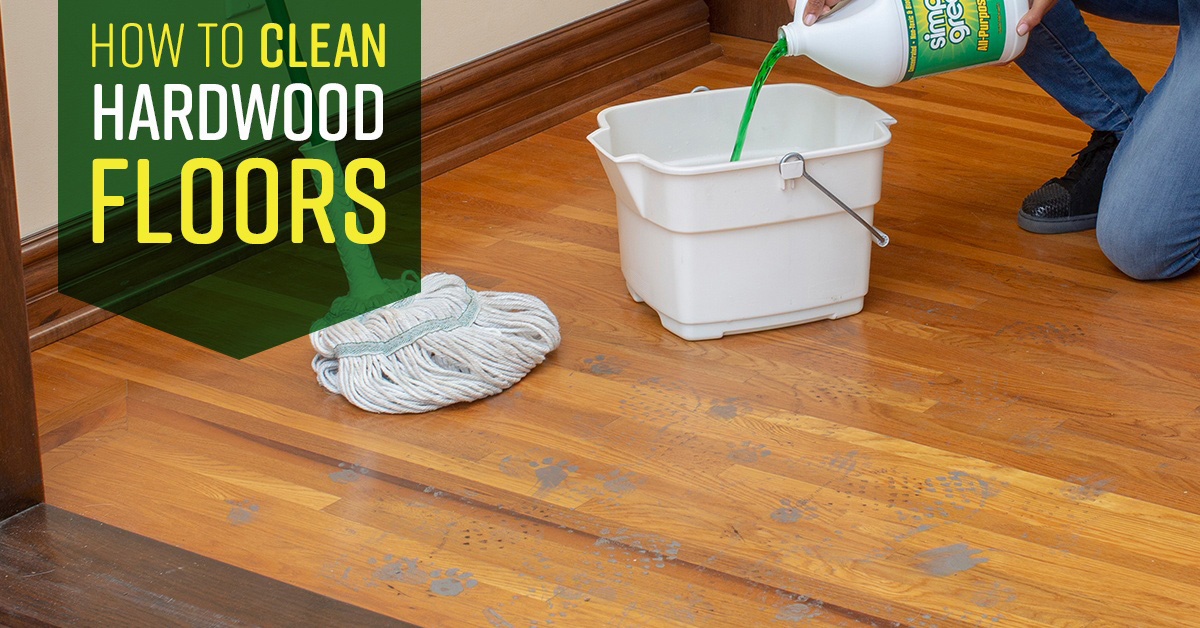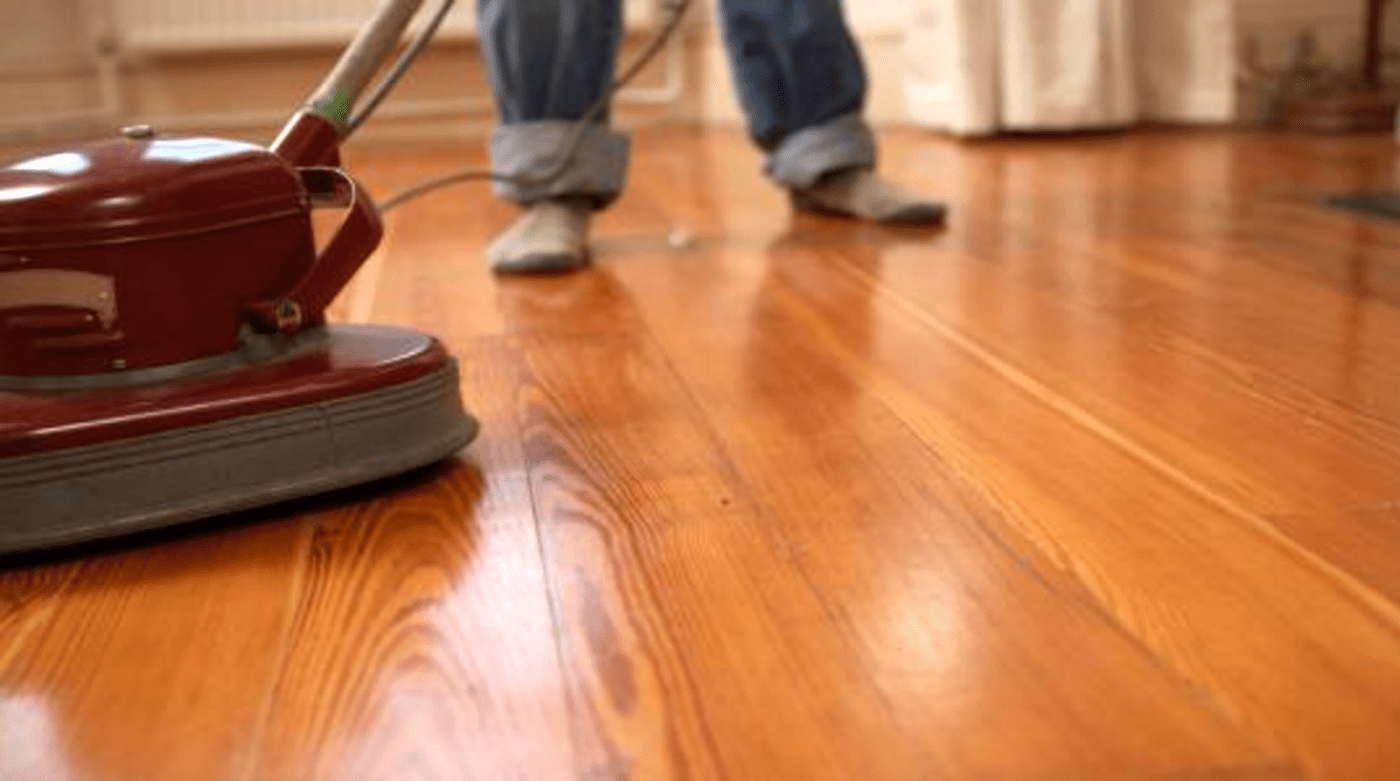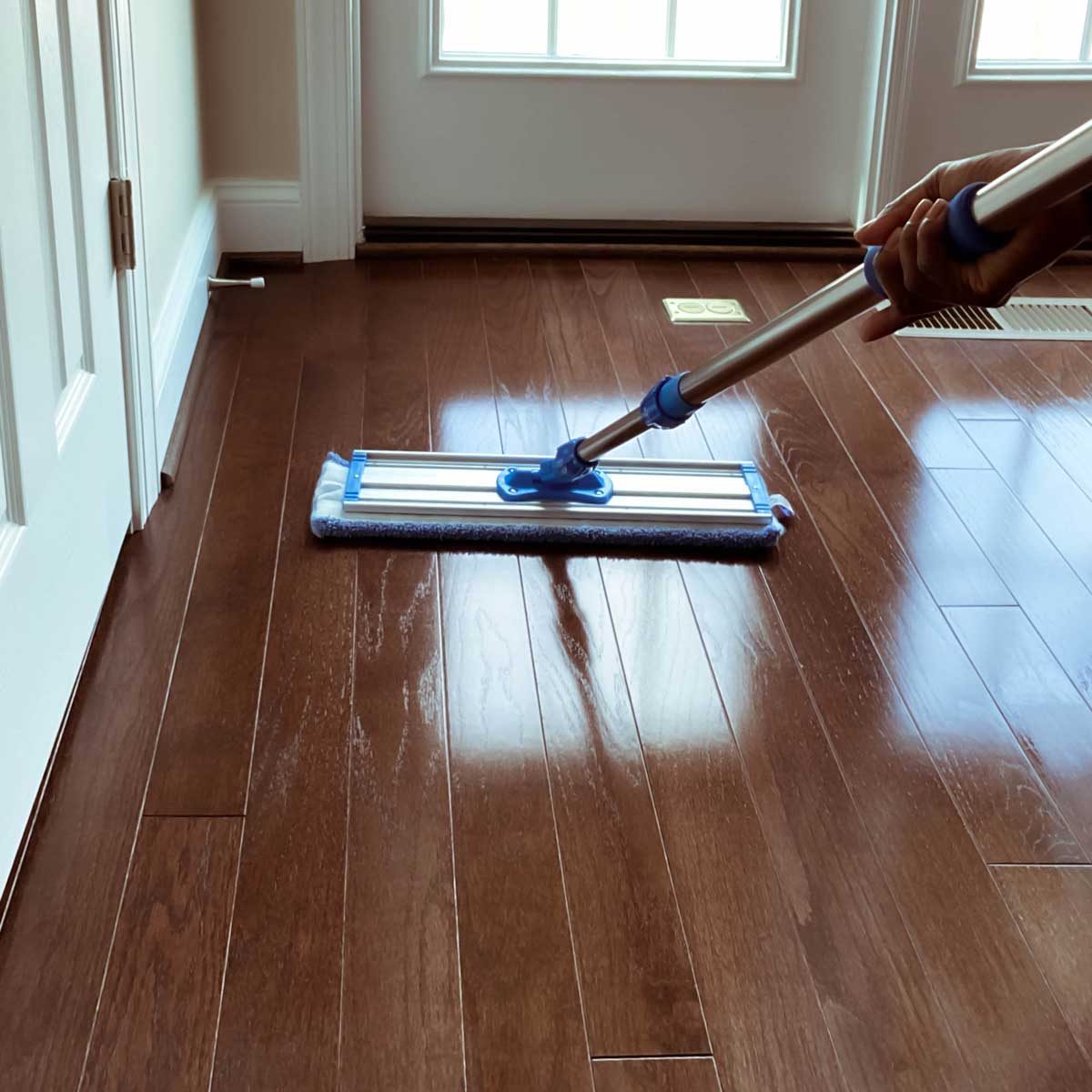Daily Cleaning and Maintenance

Keeping your hardwood floors clean and beautiful requires consistent effort. Daily maintenance is crucial for preventing dirt and dust from accumulating and potentially damaging your floors. Here's a breakdown of the essential steps for daily cleaning:
Daily Cleaning Routine
Daily cleaning focuses on removing dust and debris that can accumulate over time. A simple routine can make a big difference in maintaining the shine and longevity of your hardwood floors.
- Sweep or Vacuum: Start by sweeping or vacuuming your floors daily. This removes loose dirt, dust, and pet hair before they have a chance to become embedded in the wood. Using a soft-bristled broom or a vacuum with a hardwood floor attachment is recommended to avoid scratching the surface.
- Spot Clean: If you notice any spills or stains, clean them up immediately. Use a damp cloth and a mild cleaning solution, like a mixture of warm water and a few drops of dish soap. Always wring out the cloth thoroughly to avoid soaking the wood.
- Dust Furniture: Dusting furniture regularly prevents dust from settling on the floor. Use a microfiber cloth or a dust mop to wipe down furniture surfaces.
Preventing Dirt and Dust Accumulation
Proactive measures can significantly reduce the amount of dirt and dust that ends up on your hardwood floors.
- Doormats: Place doormats both inside and outside your home to trap dirt and debris from shoes. Choose mats with a textured surface to effectively capture dirt.
- Remove Shoes: Encourage everyone to remove their shoes at the entrance. This simple habit can dramatically reduce the amount of dirt tracked into your home.
- Regular Vacuuming: Vacuuming your floors regularly, even on days when you don't see visible dirt, helps remove dust and allergens that can settle over time.
Weekly Cleaning
Weekly cleaning is essential for maintaining the shine and longevity of your hardwood floors. It involves a more thorough cleaning than daily maintenance, removing accumulated dirt, dust, and grime. This process ensures your floors stay clean and protected from damage.
Choosing the Right Cleaning Solution
Selecting the appropriate cleaning solution is crucial for maintaining your hardwood floors. Harsh chemicals can damage the finish and dull the shine. Opt for specialized hardwood floor cleaners formulated for your specific floor type. These cleaners effectively remove dirt and grime without stripping the protective finish.
For example, a cleaner designed for sealed floors might not be suitable for unfinished or oiled floors.
- Always check the product label for instructions and compatibility with your floor type.
- Avoid using vinegar or ammonia-based cleaners, as they can strip the finish and cause damage.
- Consider using a pH-neutral cleaner for optimal protection and cleaning.
Using a Microfiber Mop, Tips for cleaning and maintaining your hardwood floors
Microfiber mops are essential for cleaning hardwood floors effectively. They effectively pick up dirt and grime without scratching the surface.
- Microfiber is highly absorbent, capturing dust and debris efficiently.
- The soft fibers are gentle on the floor, preventing scratches and damage.
- Regularly wash and replace microfiber mop pads to ensure optimal cleaning performance.
Mopping with a Damp Mop
Mopping your hardwood floors with a damp mop is the most effective way to remove dirt and grime.
- Avoid using a soaking wet mop, as excess water can damage the wood and lead to warping.
- Wring out the mop thoroughly before applying it to the floor.
- Work in small sections, rinsing and wringing out the mop frequently.
Protecting Your Hardwood Floors

Hardwood floors are a beautiful and durable investment, but they require proper care to maintain their pristine condition. Just like any other valuable asset, protecting your hardwood floors from damage is crucial. This section will explore various methods and strategies to safeguard your floors from scratches, dents, and spills.
Using Furniture Pads
Furniture pads are essential for preventing scratches and dents on your hardwood floors. They act as a protective barrier between the furniture legs and the floor surface, absorbing the impact of movement and preventing direct contact.
- Opt for felt pads or rubber pads with a large surface area for optimal protection.
- Regularly check the condition of the pads and replace them when they become worn or damaged.
- Consider using furniture sliders for heavier furniture pieces to facilitate smooth movement and minimize friction.
Protecting Floors from Spills and Accidents
Spills and accidents are inevitable, but quick action can minimize damage to your hardwood floors.
- Immediately blot up any spills with a clean cloth or paper towel. Avoid rubbing, as this can spread the liquid and cause staining.
- For sticky spills, use a mild soap solution and a soft cloth to clean the area. Rinse thoroughly with water and dry the floor completely.
- Consider using a floor protector or sealant to create a barrier against spills and stains.
Using Area Rugs
Area rugs serve a dual purpose: they add a touch of style and warmth to your space while also protecting your hardwood floors from wear and tear.
- Place area rugs in high-traffic areas, such as entryways, hallways, and living room seating areas.
- Choose rugs made from durable materials, such as wool or synthetic fibers, to withstand foot traffic and resist fading.
- Rotate rugs regularly to distribute wear evenly and prevent areas from becoming overly worn.
Maintaining the Finish

Tips for cleaning and maintaining your hardwood floors - Just like any other surface, hardwood floors need regular maintenance to keep them looking their best. Over time, the finish on your hardwood floors can become scratched, dull, or even damaged. This can be caused by foot traffic, furniture scuffs, spills, and even sunlight. However, there are steps you can take to keep your floors looking their best and extend the life of their finish.
Refinishing Hardwood Floors
Refinishing hardwood floors involves sanding down the existing finish and applying a new layer of sealant. This is a more intensive process than simply cleaning or polishing your floors, but it can make a big difference in the appearance and longevity of your hardwood floors. Here's what you need to know about refinishing your hardwood floors:
- Sanding: Sanding is the most important step in refinishing hardwood floors. It removes the old finish and any imperfections in the wood. You can rent a floor sander from most home improvement stores. It is crucial to choose the right grit sandpaper for your project. Start with a coarser grit to remove the old finish and gradually work your way down to a finer grit to create a smooth surface.
- Applying a New Sealant: After sanding, you need to apply a new sealant to protect your hardwood floors. There are several types of sealants available, including polyurethane, oil-based, and water-based. Each type has its own advantages and disadvantages.
- Polyurethane: This is the most popular type of sealant. It's durable and resistant to scratches, stains, and moisture. Polyurethane comes in both oil-based and water-based formulas. Oil-based polyurethane provides a more durable finish, but it takes longer to dry and has a strong odor. Water-based polyurethane dries faster and has less odor, but it's not as durable as oil-based polyurethane.
- Oil-based: This type of sealant is often used for traditional hardwood floors. It penetrates the wood and provides a natural look. Oil-based sealants are also durable and resistant to scratches and stains.
- Water-based: This type of sealant is becoming increasingly popular. It's environmentally friendly and dries quickly. Water-based sealants are also less likely to yellow over time.
Maintaining the Finish Between Refinishing
To keep your hardwood floors looking their best between refinishing, you need to follow a regular maintenance routine. This includes cleaning, polishing, and protecting your floors from damage.
- Using a Wood Floor Polish or Cleaner: Wood floor polish or cleaner can help to maintain the shine of your hardwood floors and protect them from scratches and stains. When choosing a polish or cleaner, it's important to select one that's specifically designed for hardwood floors. Avoid using products that contain wax or ammonia, as these can damage the finish.
- Protecting Your Hardwood Floors from Damage: There are a few things you can do to protect your hardwood floors from damage. These include:
- Using furniture pads: Furniture pads can help to prevent scratches and dents on your hardwood floors.
- Placing mats at entryways: Mats can help to trap dirt and debris before it can be tracked onto your floors.
- Avoiding harsh chemicals: Harsh chemicals can damage the finish of your hardwood floors.
Popular Questions: Tips For Cleaning And Maintaining Your Hardwood Floors
What are the best cleaning products for hardwood floors?
Look for pH-neutral cleaners specifically designed for hardwood floors. Avoid harsh chemicals like ammonia or bleach, as these can damage the finish.
How often should I refinish my hardwood floors?
Refinishing frequency depends on wear and tear. A general rule of thumb is every 5-10 years, but high-traffic areas may need refinishing sooner.
Can I use a steam cleaner on hardwood floors?
While steam cleaning can be effective, it's crucial to use a steam cleaner specifically designed for hardwood floors and to follow the manufacturer's instructions carefully.
What are some natural ways to clean hardwood floors?
You can use a mixture of white vinegar and water for a natural cleaner. For stubborn stains, try a paste of baking soda and water.
